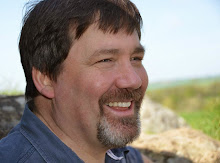The American Spectator : Mennonite Takeover?
An interesting, if somewhat skeptical, summary of the main currents in the recent upsurge in ana-baptist life and belief in America.
An interesting, if somewhat skeptical, summary of the main currents in the recent upsurge in ana-baptist life and belief in America.
If you enjoyed this post, get free updates by email or RSS.












